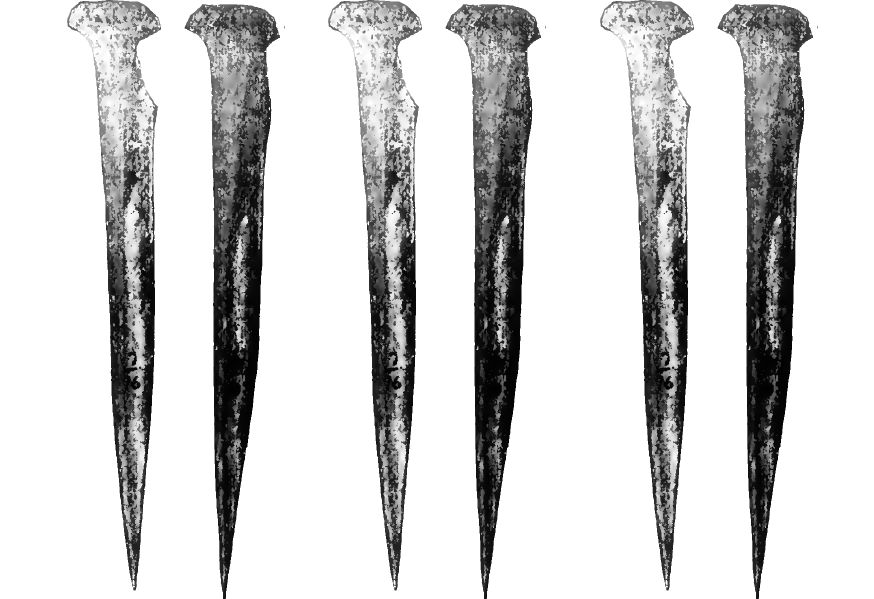<![CDATA[Archaeologists have found an awl during excavations in the Jordan Valley. It is estimated to have come from the Middle Chalcolithic period (5200-4600 B.C.). Until now, experts had believed that the people living in this area didn't begin to use metals until the middle of the fifth century, B.C. The awl is the oldest metal object to have ever been found in the Middle East. It was found in 2007 by Yosef Garfinkel, from the Hebrew University, in a grave of a 40 year old woman. The study of the awl was conducted by researchers from the University of Haifa's Archaeology Department and the Zinman Institute of Archaeology, and was published in the online open-access journal, PLOS ONE. The grave where the awl was found was covered with several large stones. It was found within a silo, which indicates that the woman inside must have been very important. She had a unique belt around her waste - that had 1668 ostrich-egg shell beads. The grave with the woman and the beads was reported in 2007, but the awl's discovery has only recently been published, in response to a chemical analysis of the object. Dr. Danny Rosenberg, leader of the recent study and faculty member of the University of Haifa, states it is unclear exactly what the awl was used for, but the mere fact that the grave of the woman was under a silo with such an expensive belt around her waist, gives credence to the thought that she was of high importance. Rosenberg remarks that this may be the earliest indication of a social hierarchy. Tel Tsaf, where the grave was found, is an archaeological area in the Beit She'an section of the Jordan Valley. The site was first documented in the 1950s, but excavation did not begin there until the latter years of the 1970s. Archaeologists have found many valuable artefacts and monuments in the area, such as several large mud-brick buildings and silos where wheat and barley were milled and stored. This indicates that the area was very wealthy and had good commercial relationships with surrounding communities. There were also large roasting ovens in these buildings, indicating that large feasts and festivals were held in the area. Some of the artefacts found include shells from the Nile and other places around the Mediterranean. Items made of obsidian, a volcanic glass with origins in Armenia, have also been found. Based on chemical examinations, the awl may have originated from Kazakhstan or another country in the Caucasus, some 1000 kilometres away from Tel Tsaf. Rosenberg believes that this shows that Tel Tsaf not only had good trading relations with nearby communities, towns and cities, but also with far away civilisations as well. This is an exciting new concept, as experts had previously thought that trading only happened at local level during this period. The awl may have been a new technology at the time of the woman's death, and goes to show that Tel Tsaf was a potentially very important site five to six millennia ago. ]]>
Oldest Middle-Eastern Metal Object Found
